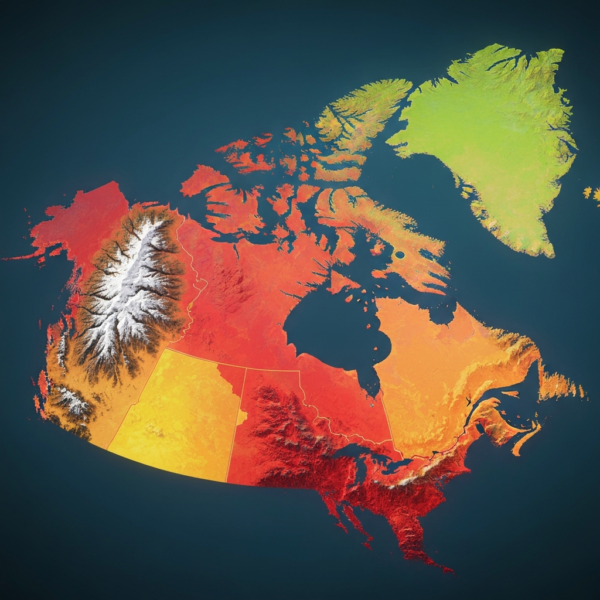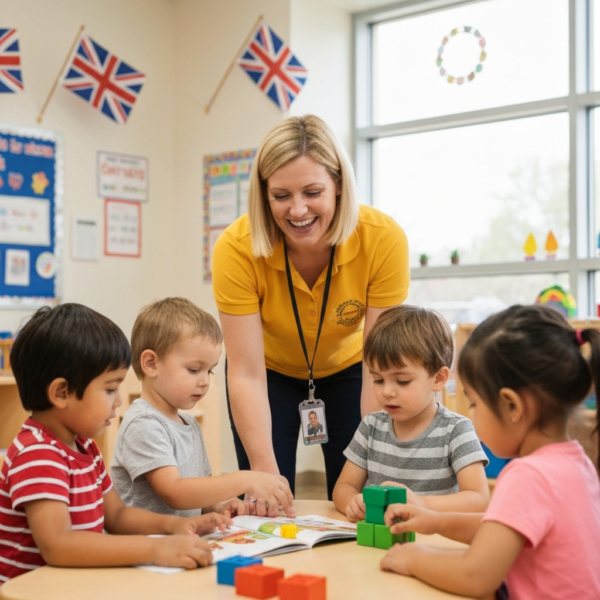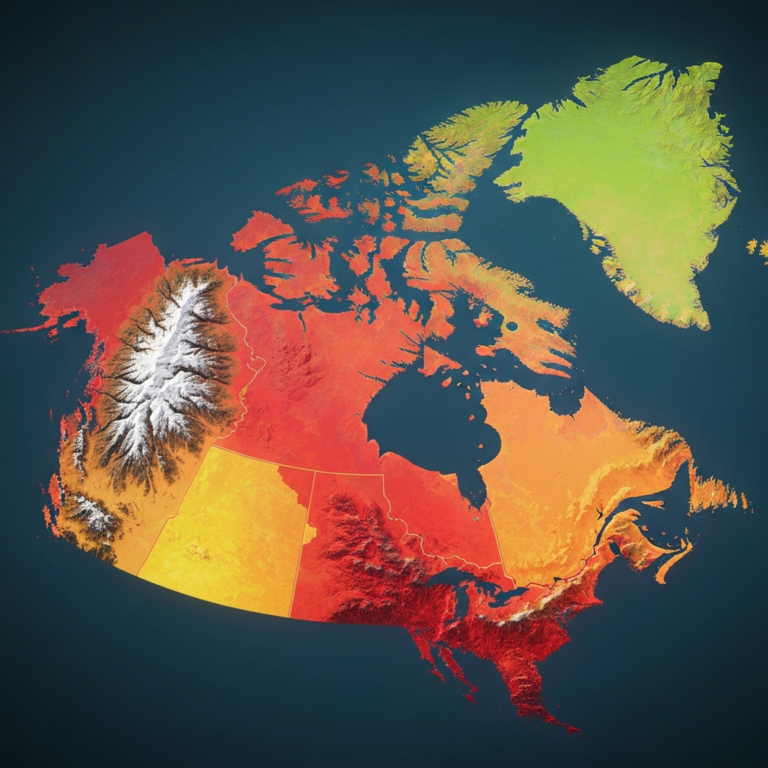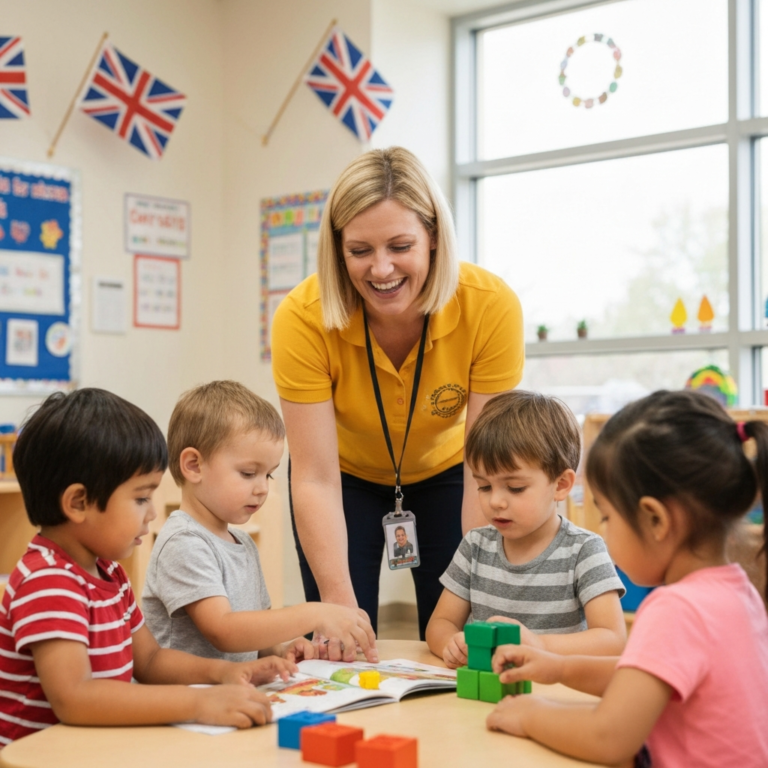The question how much do private school fees increase each year is more important than ever for families planning long-term education budgets. With the rising demand for quality education, many Canadian parents find themselves navigating steady-and sometimes steep-tuition hikes at private institutions.
In this guide, we’ll break down historical fee increases, reveal why private school tuition keeps rising, and help you forecast what to expect in 2026 and beyond. Whether you’re enrolling your child in kindergarten or a prestigiousprivate high school, understanding tuition trends is key to staying financially prepared. For parents budgeting for education, understanding how much private school fees increase each year is critical.
How Much Do Private School Fees Increase Yearly?
The fees of the private schools hardly remain constant. The cost of schools changes each year to correspond with the change in the operational cost, and the growth in investments with the faculty and the competitiveness in the market.
Schools in Canada do not show much fluctuation, and the average annual increase stands within 3-7 per cent, with some reporting up to 7% in 2024 according to SchoolAdvice’s tuition trend report and in some cases, it is even higher. The same trends are observed all over the world, as the increases in fees in the U.S. and the U.K. average 4-6 per cent a year as well.
Average Annual Increase in Private School Fees (Canada, US, UK)
The rate of increase in private school fees in Canada has been between 4.5 to 6 percent annually in the past five years and for some schools in high demand areas like Toronto and Vancouver it has been about 6 percent per annum. In the United States, the rate incidence is relatively higher by an average of 5 to 6 percent, especially in the prestigious preparatory and boarding schools. At the same time, private UK schools have been demonstrating relatively small increase in numbers (nearly 3.8 per cent annually) and most schools are trying to maintain their tuition fee growth at reasonable limits to be competitive and affordable in the recessionary economic environment.
But in general, these averages will change dramatically according to regions, schools (day schools or boarding), or the funded program being pursued. As an example, IB schools, schools with STEM curriculum or focus schools may find their operations more expensive, thus indicated through more prolific tuition increases.
Here’s a comparative snapshot:
| Region | Average Annual Increase | Notes |
| Canada | 4.5% | Independent K-12 schools |
| U.S. | 5–6% | Notable at top-tier prep schools |
| UK | 3.8% | Slower growth due to cost containment |
Percentage Increase in Tuition Over the Last 5–10 Years
Compounded tuition increases mean families pay significantly more over time. In Canada:
- 2015–2020: Average tuition rose from $18,000 to $22,000
- 2020–2028 (projected): Fees expected to surpass $26,000 at many mid-tier schools. StatCan projects 4.3% yearly hikes through 2028
Below is a simplified example of compounded tuition increases:
| Year | Average Tuition | % Increase |
| 2015 | $18,000 | – |
| 2018 | $20,200 | +12.2% |
| 2021 | $22,500 | +11.3% |
| 2024 | $25,100 | +11.6% |
Why Do Private School Fees Increase Every Year?
Private school tuition doesn’t just rise randomly-it’s driven by real costs. Understanding these pressures helps parents evaluate whether the increases are justifiable.
Three key factors drive increases: inflation (40-60% of hikes), faculty salaries (25-35% of budgets), and facility upgrades. For example, Toronto’s Branksome Hall raised fees 5.2% in 2024 to fund new STEM labs.
Key Cost Drivers Behind Yearly Fee Hikes
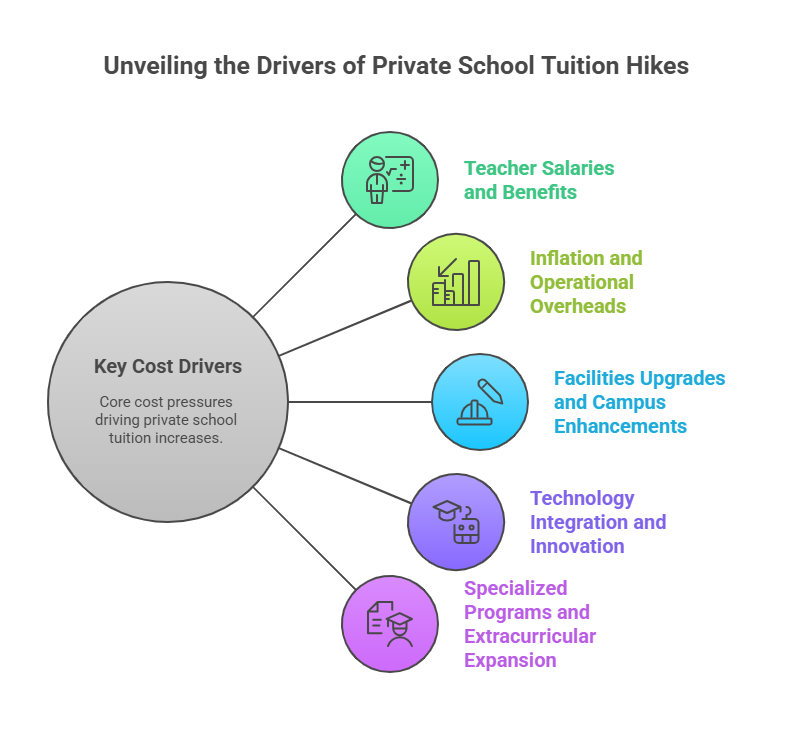
Understanding why private school tuition increases every year starts with recognizing the core cost pressures schools face. These are not arbitrary hikes—most fee increases are tied to essential investments that ensure quality, competitiveness, and compliance with evolving educational standards.
1. Teacher Salaries and Benefits
One of the most significant expenses for private schools is staffing. To attract and retain highly qualified teachers, often with advanced degrees, international training, or specialized certifications (like IB or AP), schools must offer competitive salaries and robust benefits packages. This includes:
- Annual salary increments to match inflation or merit
- Pension contributions and healthcare coverage
- Professional development, training programs, and international conferences
Compared to public schools, where salaries are set by provincial agreements, private institutions must independently fund these packages—driving consistent fee adjustments year over year.
2. Inflation and Operational Overheads
Just like households, schools face rising utility bills, food costs, insurance premiums, and maintenance expenses. Inflation impacts everything from classroom supplies to heating systems. For example:
- Electricity and HVAC costs in large facilities have surged post-2020
- School lunch programs now cost more due to supply chain and labour challenges
- Liability insurance premiums for student safety and campus coverage have risen sharply
To maintain service levels, schools often pass a portion of these increasing operational costs to families through annual fee hikes.
3. Facilities Upgrades and Campus Enhancements
Many private schools invest heavily in infrastructure to meet parent expectations and stay ahead of the competition. This may include:
- Renovating libraries, science labs, or performing arts theatres
- Constructing new athletic complexes or multi-purpose halls
- Upgrading dormitories or student lounges in boarding schools
Such capital projects can span millions of dollars and are typically funded through tuition, endowments, or fundraising. Even when funded externally, operational costs tied to the new facilities (cleaning, maintenance, security) add recurring expenses that push tuition upward.
4. Technology Integration and Innovation
The pandemic accelerated the digital transformation of education. Today’s private schools are expected to provide:
- Interactive smart boards and high-speed internet in every classroom
- School-issued tablets or laptops for students
- Access to advanced learning platforms (e.g., Google Classroom, Canvas, or proprietary systems)
- Cybersecurity tools and IT support staff for digital safety and reliability
Implementing and maintaining this digital infrastructure is expensive and must be updated frequently—making it one of the fastest-growing drivers of tuition growth, especially in technology-forward schools.
5. Specialized Programs and Extracurricular Expansion
Many private schools differentiate themselves through enrichment programs, including:
- International Baccalaureate (IB), Advanced Placement (AP), and STEM academies
- Competitive sports teams with certified coaches
- Music conservatories, robotics clubs, leadership programs, and model UN
These offerings require expert faculty, special equipment, licensing fees, and administrative support—contributing to tuition increases each year.
Are Fee Increases Faster Than Public Schools?
While public schools are funded by government budgets and do not charge tuition for residents, private schools rely entirely on tuition and donations. This means fee rises tend to be both more frequent and larger.
So yes, private school fees rise faster than public schools in Canada, especially as public systems attempt to cap spending. However, this higher cost often comes with smaller class sizes, enriched curricula, and superior college placement records.
How Expensive Are Private Schools Getting Each Year?
The dollar amount increase in the tuition of a private school can be devastating by far more shocking than the percent increase is. That steady expansion is something that many parents can hardly afford.
Take this real-life example: the actual effects of the annual increases and how real families are being affected when taking one child to a private school K through the 12th grade.
Calculating the Real Cost of Annual Fee Hikes.
Let’s say a private school charges $22,000 per year and hikes tuition by 5% annually:
- Year 1: $22,000
- Year 2: $23,100
- Year 3: $24,255
- Year 4: $25,468
- Year 5: $26,74
Over five years, that’s nearly a $5,000 growth -without factoring in inflation or other fee components (e.g., tech, uniforms, activities).
Fee Increase Pattern in Canadian Private High Schools
When focusing on Canadian private high schools, fee increases are often steeper than in the elementary level. Why?
- Specialised programs like IB or AP
- University prep services
- Lab-intensive courses or tech tools
- Additional extracurricular and leadership offerings
For instance, a high school may charge $28,000 per year in 2020, rising to $32,000 by 2026-an increase of over 14%.
Expected Annual Tuition Increase for Canadian Private Schools (2026 Forecast)
Based on historical data and current inflation trends, the expected annual tuition increase for Canadian private schools in 2026 is likely to be around 3–5%, depending on school type and location.
Schools in major cities like Toronto and Vancouver may experience slightly higher jumps due to real estate and wage costs, while schools in smaller communities remain under the 3.5% mark.
Can Parents Predict or Plan for These Tuition Hikes?
Parents can-and should-plan ahead. Knowing what to expect not only reduces financial stress but also allows families to evaluate schools on long-term affordability.
Questions to Ask Before Enrolling
- “What has been your average tuition increase over the past five years?”
- “Are there any capital campaigns or major upgrades planned?”
- “Do you offer multi-year tuition locks or sibling discounts?”
- “Are additional costs (uniforms, tech, trips) included or separate?”
These questions help families compare schools based not just on current fees but on long-term financial commitment.
Budgeting Tips & Tools
To plan effectively:
- Use a tuition calculator to model 5–10 year projections
- Open an RESP early to benefit from tax-deferred growth.
- Consider flexible payment plans, especially if paying for multiple children.
- Factor in hidden fees-technology, field trips, meal plans, etc.
Explore tools offered by OSSD academies that help estimate total secondary school costs for international and domestic students alike.
Final Thoughts
Private education is an investment like any investment; it comes with growing costs. Whether you’re looking at a private school in Mississauga or considering an elite international boarding school, knowing the patterns behind tuition increases can help you plan strategically.
Tuition hikes in private schools are largely predictable and tied to clear factors such as inflation, salaries, and facilities. By asking the right questions and planning ahead, families can make confident decisions aligned with their financial and educational goals. Use our Tuition Projection Calculator to model your child’s costs.
Frequently Asked Questions
1. Do private school fees rise faster than public school fees in Canada?
Yes. Since public schools are government-funded, their operating costs are managed through provincial education budgets and not passed on to families. In contrast, private schools rely on tuition to cover rising expenses, which leads to more frequent and higher percentage increases annually. These increases help sustain programs, facilities, and teacher quality that families expect in the private sector.
2. What is the expected private school tuition increase in 2026?
For 2026, most Canadian private schools are projecting tuition increases between 3% and 5%, consistent with historical trends. Some elite or high-demand schools may raise fees closer to 6% or more, especially if undergoing infrastructure expansion or program enhancements. Always ask the admissions office for a multi-year increase history to anticipate future costs.
3. Why are private schools becoming more popular?
Private schools are gaining popularity due to their personalised attention, enriched curriculum, stronger discipline, and superior university admissions outcomes. In the post-pandemic era, many parents also value smaller class sizes and better student-teacher ratios. Some schools also offer international curriculums, specialized programs like STEM or arts, and bilingual education, making them attractive alternatives to overcrowded public schools.
4. What is the most expensive private school in the world?
As of 2026, the Institut Le Rosey in Switzerland remains the most expensive private school in the world, with annual tuition exceeding $156,000 USD (Forbes 2024). Known for its elite alumni, bilingual instruction, and luxurious campuses, Le Rosey caters to royalty and global elites. However, Canadian and U.S. private schools, while expensive, generally range from $20,000 to $60,000 annually, depending on the grade level and location.



